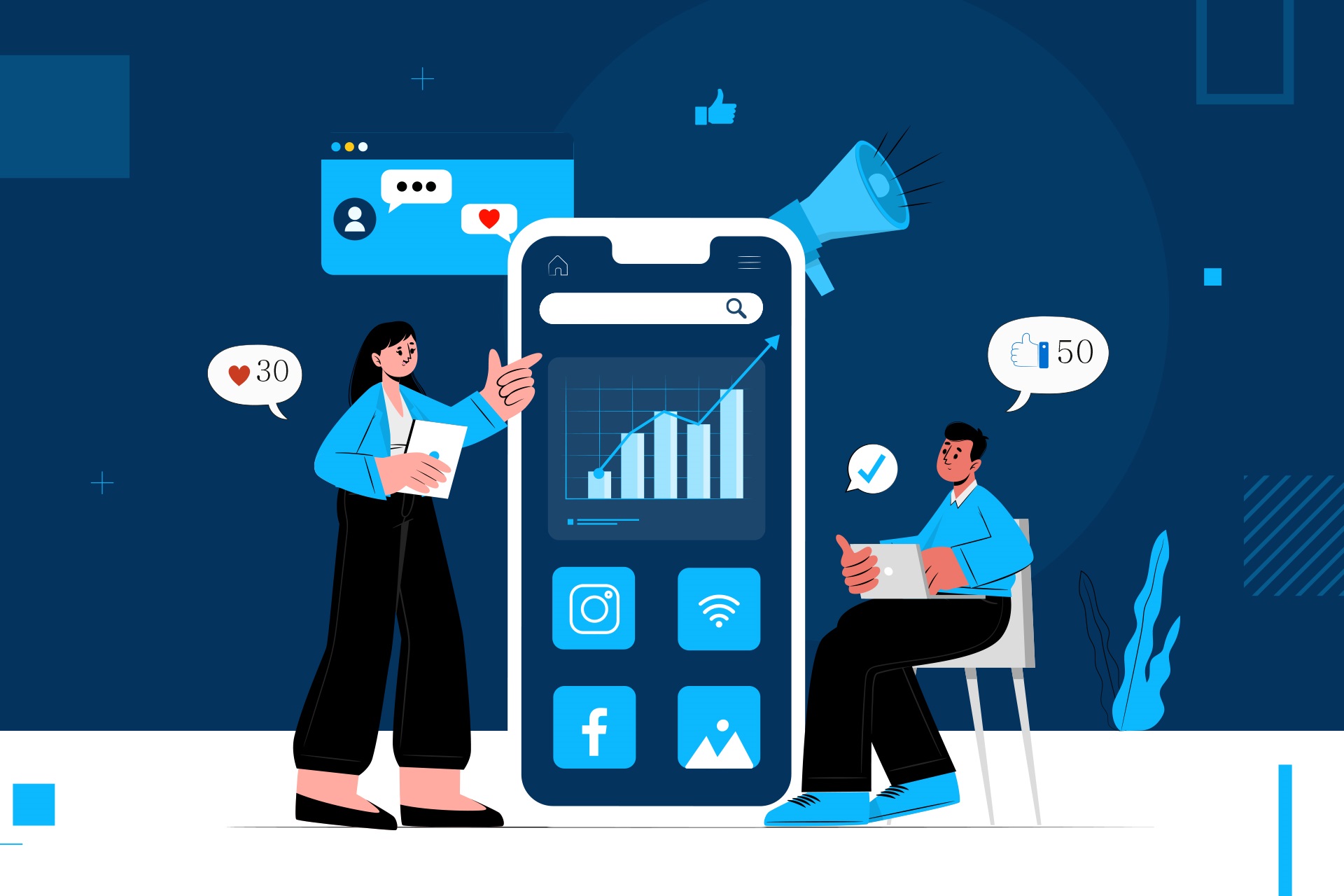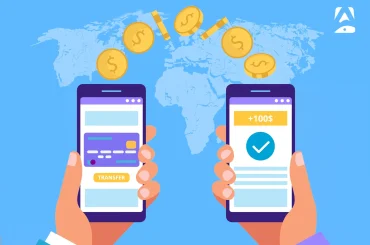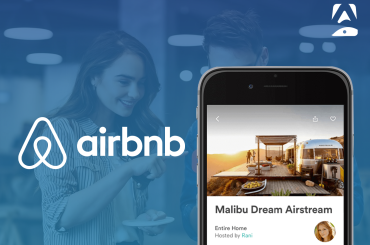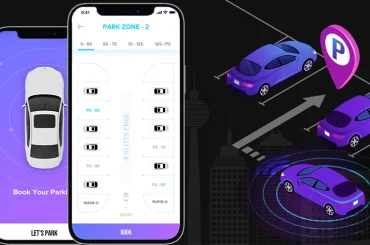Customers are quick to abandon websites and mobile apps that don’t live up to their expectations. Businesses seeking to establish a long-term relationship with their audience must make a top-notch app. No matter how many hours your developers and designers put into making the ideal app, if it doesn’t change anything, it wasn’t worth it.
An application takes months or even years to build. Therefore, if you were planning to enjoy a decent night’s sleep after acquiring your first 10,000 users, stop right there.
The typical smartphone user now has 80 installed applications, yet they only use 30 of them every month. That statistic undoubtedly demonstrates the most significant bottleneck encountered by all apps: user engagement.
In this blog, we’ll discuss the user engagement challenges, and to meet them, you’ll need to implement these 7 mobile app engagement strategies that have to make apps stick with users’ mobile phones.
What is Mobile App Engagement?
App engagement is a user’s interaction with a mobile app. To create a picture of how users are interacting with an app, engagement is assessed by looking at several metrics simultaneously. App engagement is a tool that mobile advertisers use to evaluate and track the success of their mobile campaigns.
The interaction between a user and a mobile app is known as mobile app engagement. Engaged users spend 60% more, provide more data you can use, and provide more touch points to profit from, which is undeniably the key to an app’s success.
User engagement might range from completing onboarding to purchasing to simply swiping through the app. You can use metrics like daily, weekly, or monthly activity to gauge how “sticky” your app is and how engaged each particular user is with it. Insights can also be gleaned from user session length and intersession intervals.
How Mobile App Engagement is Measured?

Depending on the industry, KPIs, and other aspects of an app business, different app engagement indicators are prioritized. For instance, because they directly relate to the way that dating apps work, they are dependent on likes and matches.
Several typical app engagement metrics are as follows:
Retention Rate
The percentage of users who are still using an app after a particular number of days following installation is expressed as a number by the retention rate. To measure it- by counting the number of distinct users who start at least one session in a single day and divide that number by the total installs for a specific cohort.
Sessions
An app session is any interaction a user has with your app after installation. Mobile user sessions are conceptually similar to web sessions, albeit they can be more difficult to describe. It is because most people now distinctively interact with mobile devices.
Session Length
Users’ time spent on a platform is measured in terms of session length. Mobile users frequently have multiple apps open at once, similar to how a web user might switch between several open tabs in a browser.
DAUs/MAUs
Daily Active Users are the number of Active Users who use an application daily (DAU). Similarly to that, Monthly Active Users refers to the total number of Active Users each month (MAU). Any DAU/MAU ratio above 25% is highly outstanding, with a respectable DAU/MAU ratio is approximately 20%.
Stickiness
An app becomes sticky when it offers a fantastic and distinctive user experience that makes it stand out from the competitors. It results in a devoted audience, low churn, and high engagement. Stickiness is all about how useful; and applicable your app is to users’ life.
Churn Rate
The churn Rate is the percentage of users that have stopped using an app. Customers who no longer start sessions could be customers who have stopped using the service or users who have deleted the app.
Why Mobile App Engagement is Important?
App businesses will find it much simpler to retain users, successfully generate income, and scale with an engaged user base. App developers can keep users in their apps longer and profit from their continued use by recognizing areas for improvement in their apps and making the necessary modifications.
Mobile app marketing campaigns can be optimized by knowing where user engagement is high and low throughout the customer journey. It entails measuring and evaluating the audience to successfully segment it for marketing purposes.
How to Develop App Engagement Strategy?
You must do an operation-wide analysis and design an action plan before creating your user engagement strategy. Although it may seem frightening, only a comprehensive strategy will produce a simplified plan that offers a smooth consumer experience. An effective strategy is quantifiable, extremely adaptable to client needs, and prepared to change course in response to both direct user feedback and user data you have gathered.
Strategies to Boost User App Engagement
Once you begin monitoring all of your app’s key engagement metrics, you can start to see some troubling trends. Try implementing the seven engagement-boosting strategies below to address and correct those patterns.
-
Audience Segmentation
Assuming that every single member of their consumer base is the same is one of the worst errors marketers can make. That couldn’t be further from the truth in reality.
You may design targeted campaigns that generate more opens, interactions, and transactions by segmenting your audience.
Your audience can be divided based on their geography, purchasing patterns, time spent using the app, and even how long they’ve been using it. Then, you can focus on those various groups to achieve your goals.
-
Smooth Out Onboarding
First impressions matter a lot, especially in the world of technology. Users will leave your app quickly if it is too difficult to use or doesn’t deliver the value that was promised.
By streamlining your user interface, providing the user with customization options, demonstrating your value right away, and rewarding conversions, your team can enhance the onboarding experience for your clients.
You can achieve the ultimate objective for any business: turning users into lifelong customers. To do this, demonstrate to your users why your app is the finest and provide them the flexibility to customize their experience to suit their needs.
- Analyze and Personalize
Utilize the data you’ve gathered by evaluating it, figuring out what your clients want, and then customizing your efforts to encourage conversions.
You can be perceived as a brand that cares by tailoring each campaign to the needs of various audiences. This will increase loyalty and conversion rates all at once.
-
Use Push Notifications for Personalized Message
If you send generic push notifications too frequently, they will get uninteresting and more people will delete your app. Even worse, DCI discovered that 71% of consumers removed apps as a result of obtrusive notifications.
Personalized and captivating push notifications, however, can be a powerful conversion weapon in your marketing arsenal if used properly.
When a user has neglected to finish an action, if there is a significant sale, or if they have stopped using the service, these messages should be sent.
-
Offer Loyalty Incentives
Long-term clients might occasionally get lost in the mix when so much effort is placed into obtaining new customers and winning back those you’ve lost. However, loyal clients frequently spend more money than their younger counterparts, so keeping them satisfied is crucial to the success of your business.
For businesses like Sephora, Expedia, and even Ben & Jerry’s, loyalty incentive programs including membership schemes, reward schemes, and value-driven clubs have all been effective.
-
Retarget User
Even the most well-planned marketing initiatives occasionally fail. When that occurs, embrace retargeting to achieve your goals. Customers you lost on other platforms can be won back by retargeting them with customized advertisements and clever deep links for an entirely new experience they’re sure to adore.
-
Develop a Win-Back Strategy
While many of the aforementioned tactics can be used to entice users back to your app, you should also keep a few other choices in reserve.
Start by looking at your inactive users. You may acquire insightful input that will bring back previous consumers by asking them what they believe should be changed.
To help reduce any lingering problems, you can attempt other tactics like delivering rewards or designing a customized customer support experience.
Final Words
We’ve provided you with plenty of ideas for boosting app engagement, regardless of what your specific app offers consumers.
The ten engagement-boosting strategies covered in this article will help you get there, but nothing beats figuring out exactly what your consumers need and what value is for them.
Create a strong onboarding procedure to guarantee that you are reducing client attrition as well.
To improve your app’s usability and make it more user-friendly, analyze your usability using heatmaps and session recordings. An easier-to-use app will maintain a high level of engagement.







1 Comment
Nice Post.Thanks for sharing